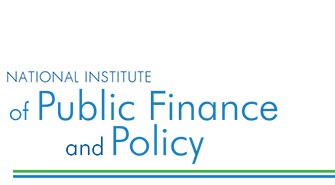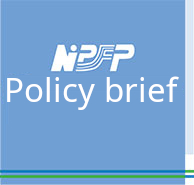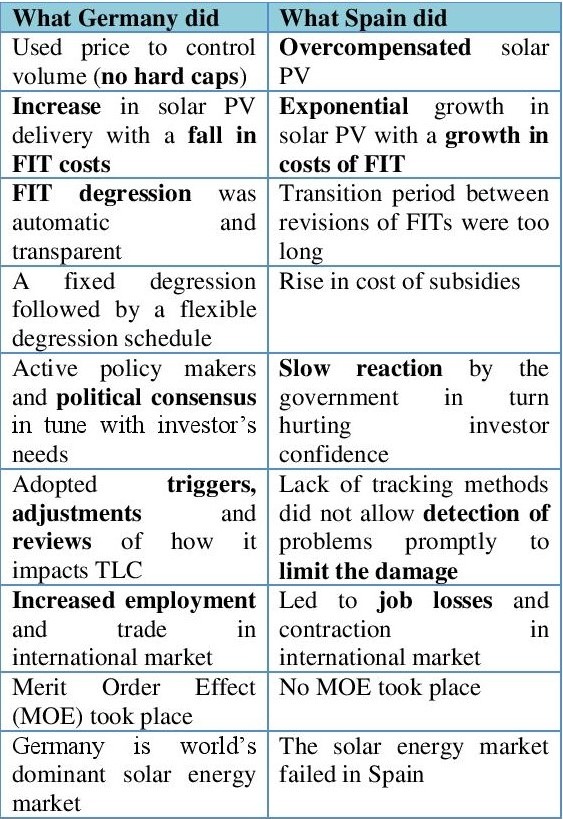Clean-energy technology innovation: a new focus
MEETA KESWANI MEHRA, Professor, CITD, SIS, Jawaharlal Nehru University, New Delhi, India.. email:meetakm@gmail.com
|
Need for technological transformation in the face of climate change mitigation targets
Achieving the steep climate change mitigation targets would require both deployment of known clean energy technologies (CETs) and invention of new technologies (IEA, 2011). At least two key challenges differentiate this with other cycles of technological transformations than those encountered in the past—the need for systematically internalizing the externalities (social and environmental costs) and the huge upfront investment cost of technologies and supporting infrastructure. These challenges are compounded by the absence of markets that could signal the real scarcities. Many of the most promising CETs currently have higher costs than the fossil-fuel based technologies. It is only through incremental learning from research, development and deployment (RD&D) that these costs can be reduced. Government intervention through fiscal policy instruments (FPIs) can be useful to accelerate this process, and catalyze early adoption.
As a consequence, countries across the world have used a number of FPIs to promote RD&D of clean energy technologies, however, with varying level of success and costs. Competing claims on limited public resources require a deeper look at the choice and design of complementary policy instruments going forward. This paper reviews the best practices associated with the choice and design of such instruments and identifies the main lessons learned of their implementation in the case of renewable energy (RE). The paper outlines an analytical framework which identifies the characteristics of drivers and barriers in innovation of RETs; sequencing of various steps involved in promoting innovation; and various policy tools in the context of each barrier that will help accelerate the process and enhance the outcomes.
Guiding Principles Underlying the Choice and Design of Instruments
A particularly challenging issue is how to identify which technologies need to be promoted, which underscores the need for a comprehensive energy RD&D policy framework. A coherent and coordinated RD&D energy strategy is the most important feature of a good practice energy RD&D framework.
Broadly there are three important issues in choice and design of instruments:
(i) identifying the appropriate instruments which would successfully address the identified barrier(s)
(ii) assessing how well the instrument will perform on the identified performance criteria (e.g. achieving RE targets, per unit cost reduction, continuous incentive to innovate); and
(iii) at what cost.
Although a number of considerations, with significant overlap among them, determine the choice of policies, there are some general points which may be used as broad guidelines.
1. The choice of appropriate policy instruments depends on how optimal the policies dealing with GHG emissions are? For instance, in the presence of a sub-optimal emissions policy (e.g. an adhoc tax on carbon emissions) the role of FPIs can be seen as a way of correcting negative environmental externalities resulting from the use of fossil fuels, whereas in the presence of an optimal emissions policy / roadmap to fossil fuel subsidy reform, the role of FPIs can be seen as a way of achieving dynamic efficiency by stimulating technical change.
2. Even with stringent emissions policy, certain technologies that require large capital investment to scale up in order to realize cost reduction are likely to face barriers, if there are capital constraints or a simultaneous coordination problem.
3. Some breakthrough technologies such as carbon capture & storage (CCS), which have the potential to produce dramatic results, may require direct support by way of grants and facilitating international collaboration.
Findings from a multi-country review
1. In general, it has been found that price-based instruments have worked better as compared to quantity-based instruments, and amongst various RE, wind technology has had the maximum potential for cost reduction and |
dissemination. It is also commonly suggested that incentives need to rely, as much as possible, on market based instruments such that the true costs get revealed. A caveat in this regard is that reliance on market forces will circumscribe the ability of the producers to reap the sufficient rent that can otherwise help spur innovation. Thus, incentives for dynamic efficiency for less mature technologies should not be ignored.
Experience with FITs in Germany and Spain: A Comparison
Source: Authors
2. A low to moderate impact on innovation was found for a large set of countries. The exception is Denmark, where a large number of patents were filed. Germany, Spain, and USA (especially California and Minnesota) show significant cost reductions.
3. None of the instruments offer an optimal solution in all the evaluation criteria. As a consequence, governments will have to select an instrument and sustain it in the long run in accordance with the relative importance of its objectives. The level of the support must not be abstracted from the incurring risks and transaction cost.
4. The costs of RE tends to fall as there is learning-by-doing and market maturation. Thus, the instrument design needs to have in-built flexibility in the price or quantity domain, what Spain failed to do. Thus, a smooth phasing out of incentives is important as the levelized cost of the technology is lowered.
5. The issue of design and implementation of support measures for RE technologies is complex and require a nuanced, case by case approach.
References:
Lehmann, Paul. 2013. Supplementing an emissions tax by a feed in tariff for renewable electricity to address learning spillovers, Energy Policy 31, 635-641.
IEA, 2010. Global Gaps in Clean Energy RD&D: Update and Recommendations for International Collaboration, Paris.
|





